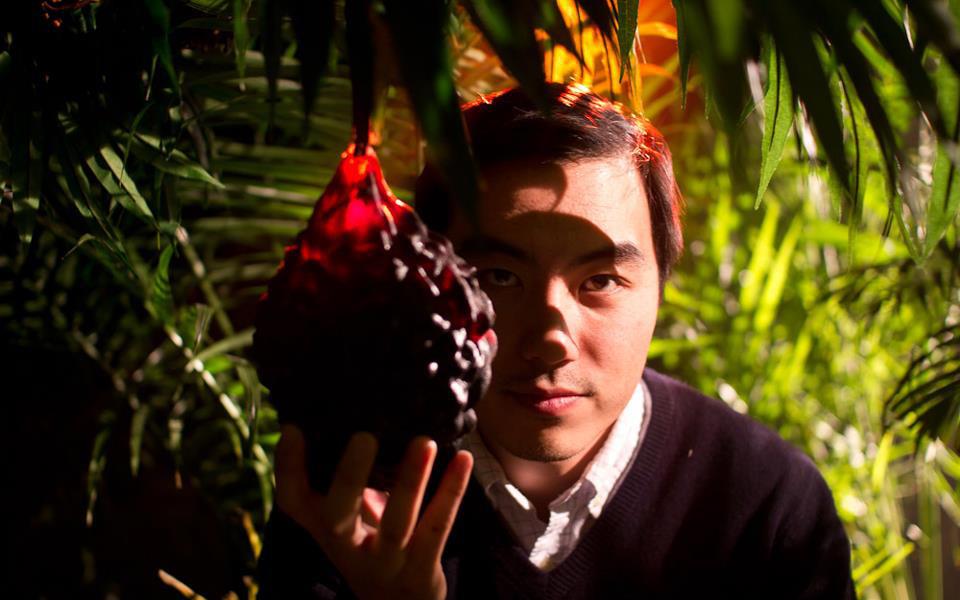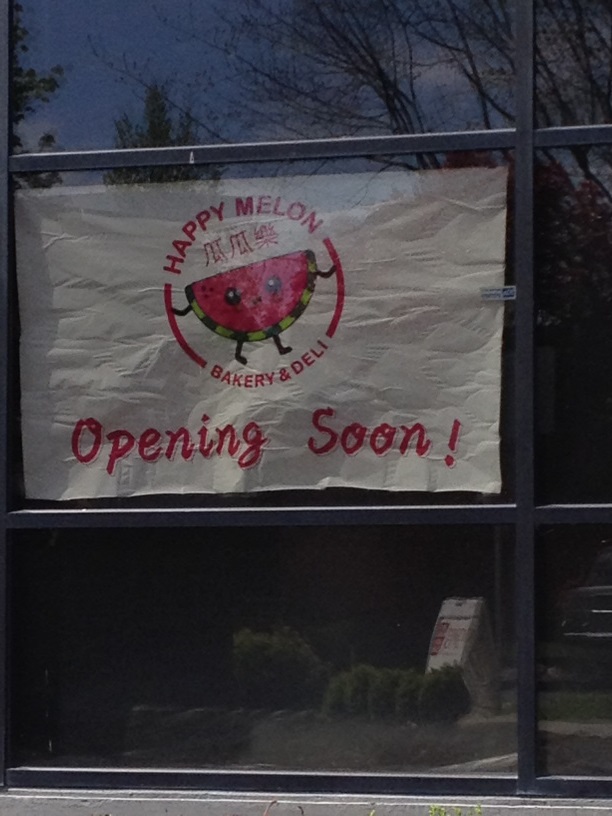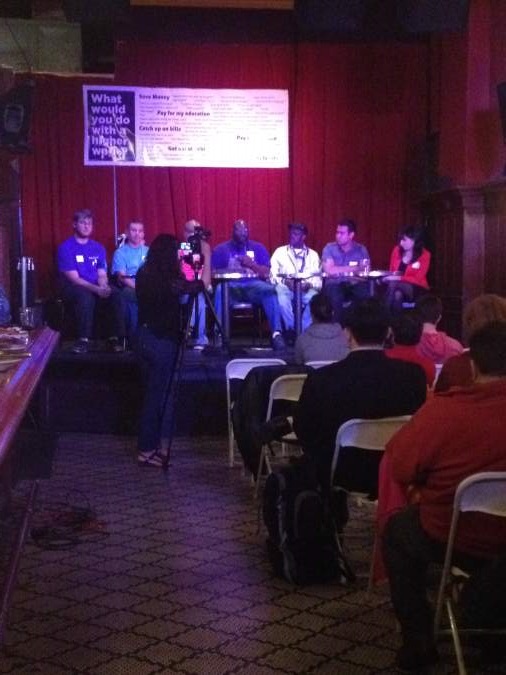Scientists aboard the tall ship Kaisei are charged with tracking debris from last year’s Japanese tsunami and investigating the North Pacific gyre choked with trash. And it’s steward Jocelyne Turner’s job to feed them.
For centuries, sailors subsisted on salt pork, hardtack and grog, since few other foods were fit for long months at sea in the pre-canning, pre-refrigeration era. Scientists traveling aboard the Kaisei are treated to far more elaborate meals, including frittatas with bacon for breakfast, but Turner says she confronts many of the same problems faced by yesterday’s galley cooks.
“On a 30-day voyage, the first two weeks you’re going to have lots of fruits and vegetables, and the third week you’re trying to salvage cabbage,” Turner says.
In addition to spoilage threats, Turner is constantly attending to spatial concerns: Feeding dozens of hungry workers for a month requires supplies that tend to overflow the pantry. Turner says there’s only so much she can cram into the storage bins beneath the ship’s galley benches.
“The first three days, I slept with four watermelons in my bunk,” she says of a recent trip.
Turner draws up detailed meal plans since the ship’s freezer can only be opened once a day, but she can’t plan for weather conditions that often conflict with her cooking or baking schedule.
“If it’s flat, you can make a cake,” she says. But in a storm, “it becomes really not easy. Pasta is a nightmare. If you’re boiling water and we suddenly go flying, it’s a super dangerous place. We’re fanatics that there’s only one knife in here.” To keep the galley safer, that knife is worn on a belt and boiling pots are bungee-corded together.
Meal plans are also adjusted based on the demographics of the crew. When the BBC sends reporters on a voyage, “we go through hoards of tea,” Turner says.
“Everyone eats pretty good,” she adds. “We manage to do it.”








